Food Delivery Market Trends and Scope of Mobile Applications in the Food Business by 2025
Food delivery app development is a significant investment—but one wrong move can cost you customers, revenue, and your brand’s reputation.Many food delivery startups fail because their apps are slow, unreliable, or poorly designed. Issues like order processing delays, tracking errors, and communication gaps create serious problems in day-to-day operations.
According to Statista, 34% of customers say long delivery times are their top frustration. While logistics play a role, an unreliable app often makes it worse—causing missed orders, delayed updates, and unhappy users.In this blog, we’ll break down the key reasons why app performance matters, what features to focus on, and how to ensure your food delivery business runs smoothly from start to finish.
What Is Food Delivery App Development?
Food delivery app development involves creating a mobile application that connects customers with restaurants, cloud kitchens, or home-based chefs for seamless ordering and delivery.With just a few taps, users can order food online and get it delivered right to their doorstep.
These apps are a core part of the modern food tech world, helping grow the on-demand food delivery market and offering businesses a powerful tool for success.
Online Food Delivery Market: Growth You Can’t Ignore
The online food delivery market is experiencing rapid growth, and the numbers clearly demonstrate this trend.
- The online food delivery market is expanding rapidly, as evidenced by the figures.
- Food delivery online revenue will be US$54.87 billion in 2025
At a CAGR of 13.75% (2025–2029), the market volume can be expected to reach US$91.88 billion by 2029.This growth shows a change in how people eat and order food, driven by city living, new technology, and changing lifestyles.
Global Online Food Delivery Services Market (2024–2030)
- In 2024, the global food delivery market was valued at USD 380.43 billion
- It’s poised to expand at a CAGR of 9.0% from 2025 to 2030
What’s fueling this growth? Let’s break it down.
Food Delivery Market Trends to Watch
Here are the top food ordering market trends that are shaping the future:
1. Cloud Kitchens Are Booming
- Also known as virtual kitchens, they’re a popular food delivery business model
- Why? Lower setup costs and high scalability make them ideal for scalable food delivery.
2. Subscription-Based Models Are Taking Off
- More users are signing up for food delivery memberships
- These models offer perks like free delivery, discounts, and exclusive deals
3. Sustainable & Eco-Friendly Practices
- Restaurants are focusing on sustainable practices
- From biodegradable packaging to sustainable ingredients, going green is now a trend
4. Grocery & Meal Kit Deliveries on the Rise
- The lines are blurring between food delivery and grocery shopping
- More apps now offer grocery deliveries and meal kit deliveries as part of their service.
Tech Trends: The Future of Online food ordering apps
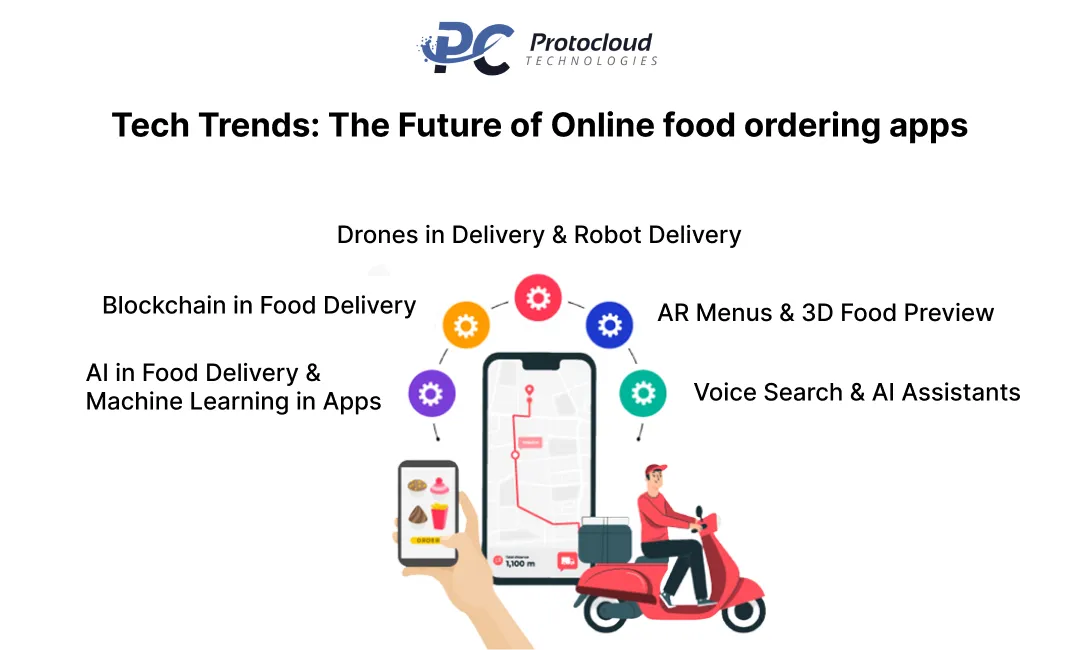
Technology is rapidly changing how online food ordering and delivery apps work. If you’re planning to build a food delivery mobile application, here are the latest Food Delivery App Trends you should know:
1. AI in Food Delivery & Machine Learning in Apps
- Get more brilliant food suggestions.
- Chatbots offer quick help.
- Predictive analytics learn user behavior and improves personalization.
2. Blockchain in Food Delivery
- Secures payments and transactions.
- Boosts Supply Chain Transparency—track food from kitchen to doorstep.
3. Drones in Delivery & Robot Delivery
- Reduce delivery costs.
- Speed up order fulfilment using autonomous technology.
4. AR Menus & 3D Food Preview
- Customers can preview meals in 3D before ordering.
- Helps in better decision-making and reduces order confusion.
5. Voice Search & AI Assistants
- It is now possible for users to order food with minimal voice commands.
- Enhances user convenience and accessibility.
Exploring Different On-Demand Food Delivery App Models: Which One Fits Your Business?
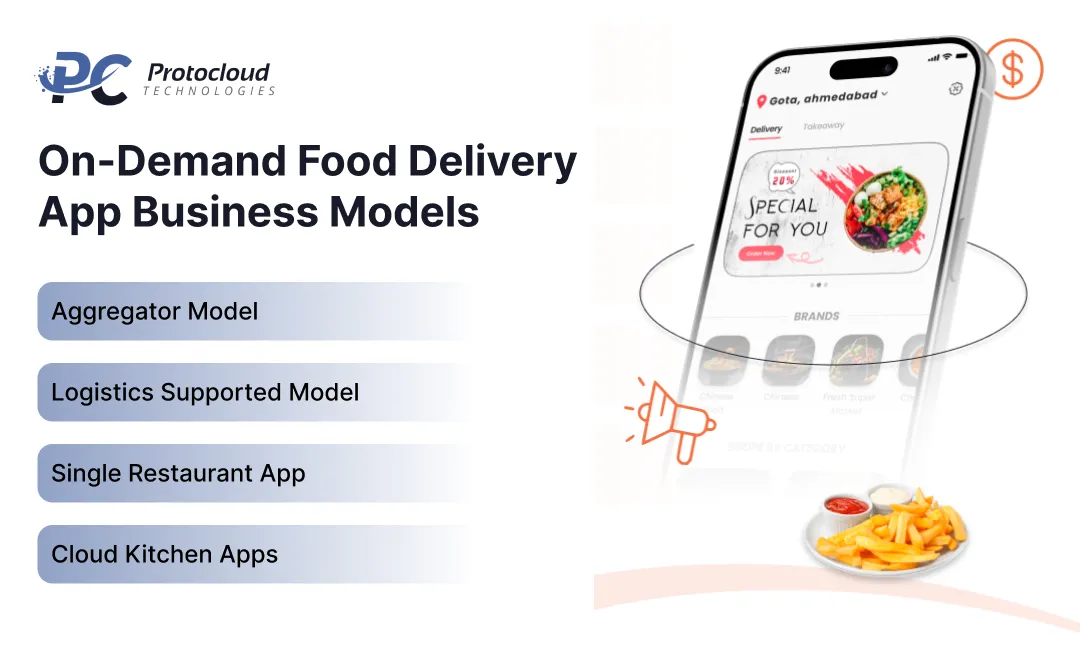
Choosing the right Restaurant App Model is a game-changer for your On-Demand Food Delivery App Development. Each model impacts your revenue structure, user experience, and delivery logistics. Here are the most popular models in today’s on-demand food delivery market:
1. Aggregator Model
This model acts as a middleman between restaurants and diners. It doesn’t manage delivery—restaurants do.
How It Works:
- The app lists multiple restaurants.
- Customers place their orders through the app.
- The app then sends the order directly to the restaurant.
- The restaurant handles preparation and delivery.
- The app earns through commissions and listing fees.
Example: Just Eat (UK)
- A leading Aggregator Model platform in the UK.
- Offers a diverse selection of restaurants and menu choices.
- Just Eat does not manage deliveries—partner restaurants take care of it.
Best For:
- Startups or businesses wanting to avoid managing delivery logistics.
- Enterprises are focusing on listing and customer acquisition.
2. Logistics Supported Model (also known as Multi-Vendor Marketplace)
This model handles both restaurant listings and delivery using its fleet.
How It Works:
- App lists multiple restaurants.
- Customers can place orders and make payments directly through the app.
- The restaurant prepares the food.
- App assigns a driver/rider for delivery.
- Revenue is generated through commissions and delivery charges.
Example: Deliveroo (UK, UAE)
- A major player in the Multi-Vendor Marketplace space.
- Manages a delivery team to ensure timely service.
- Operates seamlessly with restaurants that don’t have their own delivery team.
Best For:
- Ideal for companies that desire maximum control over the delivery process.
- Apps that aim to offer fast, reliable, and uniform delivery service.
3. Single Restaurant App
This model is for one restaurant or a restaurant chain to serve its customers directly.
How It Works:
- Customers use the restaurant’s own Mobile App for Restaurants.
- Restaurants handle order management and fulfillment.
- Deliveries are completed either by in-house staff or third-party providers.
- Saves on marketplace commissions and promotes brand loyalty.
Example: Domino’s Pizza (USA, UK, UAE)
- A classic Single Restaurant App model.
- Offers complete control over ordering, pricing, promotions, and customer engagement.
- Features like order tracking, customization, and in-app offers.
Best For:
- Established restaurants or chains with a strong brand.
- Perfect for businesses aiming to build direct connections with their customers.
4. Cloud Kitchen Apps (Virtual Restaurants)
Cloud Kitchen Apps, also known as Virtual Restaurants, Ghost Kitchens, or Dark Kitchens, run without a dine-in space. These Delivery-Only Kitchens focus on preparing food strictly for delivery, not for serving customers on-site.
How It Works:
- Customers order food using an app or a delivery platform.
- There’s no physical restaurant—only a kitchen.
- The kitchen prepares food solely for delivery.
- No dine-in space means lower overhead and higher profit margins.
Example: Reef Kitchens by Reef Technology USA
- Operates Cloud Kitchen Models in urban areas.
- Hosts Multiple Virtual Restaurant Brands under one roof.
- Customers place orders using apps like Uber Eats and DoorDash.
- Reef prepares and delivers the food efficiently.
5. Subscription-Based Online Food Ordering Apps
These apps use a Food Delivery Subscription Model where customers pay monthly or yearly for extra perks—like Free Deliveries, discounts, or access to Premium Restaurants.
How It Works:
- Users subscribe to a plan with benefits (e.g., unlimited free deliveries).
- Revenue comes from subscription fees + restaurant commissions.
- Helps increase Customer Retention in Food Apps and ensures Recurring Revenue.
Example: DashPass by DoorDash USA
- DoorDash offers DashPass, a popular food delivery subscription in the US.
- Subscribers have free shipping and reduced service charges on qualifying orders.
- Ideal for frequent users looking to save money while staying loyal to one app.
6. Grocery & Meal Kit Delivery Apps
These apps don’t deliver ready-to-eat meals. Instead, they focus on Grocery Delivery or Meal Kit Services with ingredients and recipes delivered to your door.
How It Works:
- Users order groceries or meal kits via a Grocery Ordering App.
- Meal kits include Pre-measured Ingredients and Cooking Instructions.
- The platform works with grocery stores or meal kit providers.
- Revenue comes from subscriptions, delivery charges, and commissions.
Example: HelloFresh (UK, USA)
- A leading name in Meal Kit Delivery Apps and Meal Kit Subscription services.
- Offers fresh, pre-portioned ingredients + step-by-step recipes.
- Helps users cook Restaurant-Quality Meals at Home without shopping or meal planning.
7. Hyperlocal Custom Food Delivery Apps
Hyperlocal Custom Food Delivery Apps are built to deliver food within a small, specific area—like a city block or neighborhood. These apps focus on Local Food Delivery, helping users connect with Local Restaurants, Local Eateries, and Specialty Food Stores nearby.
How It Works:
- The app works with local food vendors and restaurants.
- Customers place orders within a small delivery zone (usually 3–5 miles).
- The platform earns money from delivery fees and commissions.
Benefits:
- Ensures Fast Food Delivery within the city.
- Strengthens Neighborhood Food Delivery systems.
- Helps Support Local Businesses with more visibility and reach.
Example: Zomato (UAE, India)
- Zomato UAE and Zomato India use a Hyperlocal Delivery Model.
- The platform connects users with nearby restaurants, making it quicker and more efficient.
- Perfect for those wanting to order from trusted local spots.
8. Corporate Food Ordering and Delivery Apps
Corporate Meal Booking and Delivery Apps are tailored for office food delivery and bulk orders. These platforms simplify the process for companies ordering meals for their teams and employees.
How It Works:
- Companies enroll in Corporate Meal Plans for their staff.
- Employees can order individual meals or schedule group catering.
- The platform makes money from corporate contracts and large meal orders.
Benefits:
- Streamlines business food ordering for daily meals, meetings, or team events.
- Let’s companies set meal budgets for employees.
- Easy access for employees through the Corporate Meal Booking Platform.
Example: ezCater (USA, UK)
- ezCater USA and UK focus on providing corporate food delivery services.
- Offers many menu choices from local and national vendors.
- Makes employee meal ordering simple, organized, and scalable.
Choosing the Right Food Delivery Application Model
When starting your Food Delivery Mobile App Development, picking the right model is a game-changer. Every Food Delivery Application Model has its pros and works best based on your business strategy, budget, and logistics capabilities.
Here’s a simple guide to help you choose the model that best fits your goals:
1. Aggregator Models
- Most ideal for apps that wish to collaborate with many restaurants.
- Acts as a marketplace without handling deliveries.
- Popular in platforms focusing on listing and order management.
2. Logistics-Supported Models
- Ideal if you want to manage everything, including delivery management.
- Offers an all-in-one experience: ordering + logistics.
- Best suited for food delivery logistics process control.
3. Single Restaurant Apps
- Perfect for businesses that want complete branding control and direct customer interaction.
- Let’s you customize everything from offers to delivery options.
4. Cloud Kitchens
- Designed for online kitchen-to-door only, without dine-in.
- Helps you reduce costs by eliminating physical infrastructure.
- Perfect for launching multiple virtual brands from one location.
5. Subscription Models
- Generate recurring revenue with monthly or yearly plans.
- Boosts user loyalty and increases lifetime customer value.
- Offers benefits like free delivery and exclusive deals.
Step-by-Step Guide for Building a Mobile app for food delivery business
Developing a mobile app for a food delivery business like Uber Eats isn’t just about writing code. It’s about innovative Food Delivery App Planning, understanding the market, crafting a solid business model, and following best practices for online food delivery app development.
Whether you’re launching a startup or expanding a restaurant chain, your journey from idea to Online Kitchen-to-Door App Launch needs to be strategic, scalable, and customer-focused.Following is a step-by-step explanation of how to develop a thriving online meal booking app that makes it big in a competitive market.
Step 1: Planning and Market Research
Strong apps start with strong foundations. Before development, invest in Planning and Market Research.
Understand Customer Demands
Identify what your users want—whether it’s speed, convenience, or personalization.
Know Your Target Audience
Focus on busy professionals, students, families, and even niche groups like vegan meal consumers and organic meal consumers.
Explore Emerging Trends
Look into AI, contactless delivery, real-time tracking, and dietary filters.
Define Geographical Scope
Decide if you’re launching a city-wide app, targeting multiple cities, or going for a nationwide takeout ordering app.
Pinpoint Customer Pain Points
Common issues include slow deliveries, high service fees, and poor user experience.
Pro Tip: Take a cue from Uber Eats, which identified gaps like faster deliveries and AI-powered recommendations, then used efficient logistics to dominate the market.
Step 2: Competitor Analysis + Your Unique Selling Proposition (USP)
You can’t beat your competitors if you don’t study them. This step is all about Competitor Analysis and finding your Unique Selling Proposition.
How to Conduct Competitor Research
- Research leaders like Uber Eats, DoorDash, and Deliveroo in your target region.
- Study their Custom Food Delivery App Models, pricing strategy, Food Delivery App Features, and Customer Feedback.
- Highlight what users love and where they face issues.
Identify the Gaps
Look for areas where your app can shine:
- Better customer support
- More delivery options
- Flexible payment methods
Example: Deliveroo expanded in the UK and UAE by providing top-notch restaurant partnerships and scheduled delivery—two options not available from competitors.
Define your USP clearly:
Will you offer faster deliveries, no hidden fees, AI-driven personalization, or exclusive restaurant partnerships?
Step 3: Choosing the Right Business Model
Your Food Delivery App’s Success depends on selecting the right Business Model. Here are the most popular ones:
1. Aggregator Model
- Description: Connects users with restaurants. Restaurants handle their delivery.
- Example: Just Eat
2. Logistics-Supported Model
- Description: The platform manages both listings and deliveries.
- Example: Uber Eats
Best for: Full control over the Delivery Network and Food Delivery Logistics
3.Single Restaurant App
- Description: Designed for individual chains.
- Example: Domino’s Pizza App
4. Cloud Kitchen Model
- Description: Operates delivery-only kitchens serving multiple brands.
- Example: Reef Kitchens
If your goal is to build an app like Uber Eats, go with the Logistics-Supported Model. It lets you deliver faster and maintain high service quality.
Step 4: Core Steps to Develop a Food Delivery App
Once your business model is finalized, it’s time to bring your app to life. Here’s a clear breakdown of the core development phases that power successful On-Demand Dining app App development projects like Uber Eats.
1. UI/UX Design – Create a Seamless User Experience
A great app starts with a great design. Your UI/UX Design must be:
- Simple, intuitive, and user-friendly – No confusion, just easy navigation.
- Integrated with Real-time Order Tracking using the Google Maps API for accurate Estimated Arrival Times.
- Supportive of Multiple Payment Options like Credit Cards, Digital Wallets, and Cash on Delivery.
Pro Tip: Apps like Uber Eats excel by offering minimalist UI, easy-to-read menus, and AI-driven Recommendations that suggest restaurants and dishes based on user behavior.
2. Frontend and Backend Development – Build the Core System
It all starts here — the foundation of your app.
– Frontend Development handles user interactions and the visual interface.
– Backend Development manages the brain of the system:
- Order Processing
- Restaurant Notifications
- Delivery Assignments
- Real-time Tracking with GPS Technology
- Data Security and Encryption for secure transactions
Recommended Tech Stack:
Frontend: React Native or Flutter
Backend: Node.js, Django, or Ruby on Rails Database: Use a Scalable Database like PostgreSQL or Firebase
3. API Integration – Power Up Your App
APIs turn your app into an intelligent, scalable machine. Essential API Integrations include:
- Google Maps API – used for real-time tracking and route optimization.
- Payment Gateway APIs – such as Stripe, PayPal, or Razorpay
- SMS APIs and Email APIs – to automate Order Confirmations and Delivery Updates
Pro Tip: Adding AI in Food Delivery Apps boosts Customer Experience by recommending food based on Food Ordering History, Location-based Recommendations, and preferences—just like Uber Eats does with its AI-driven Recommendation System.
4. Quality Assurance and Testing – Launch a Bug-Free App
No user wants a buggy app. Before launch, perform extensive testing:
- Functional Testing – Make sure ordering and payments work seamlessly.
- Load Testing – Check if your app can handle high traffic during rush hours.
- Security Testing – Ensure Cyber Threat Protection for all user data.
Best Practice: Do a Beta Testing or Pilot Launch in a limited area to gather feedback and optimize before going big.
5. Deployment and Launch – Go Live with Confidence
You’ve tested and optimized. Now it’s time to go live.
-App Deployment:
- Launch your app on both iOS App and Android App stores.
-Use App Store Optimization (ASO Techniques) to increase your app’s visibility.
-Run a Marketing Strategy:
- Paid Advertising
- Referral Programs
- Local Partnerships for quick traction
Best Practices to Create a Successful Food Delivery App
Want your on-demand food delivery app to be a success in a competitive market? Follow these best practices to boost performance, retention, and customer satisfaction:
1. App Speed Optimization
- A slow app leads to checkout delays and abandoned carts.
- Ensure your app loads fast and runs smoothly on all devices.
2. Multiple Payment Options
- Give users flexibility by offering credit/debit cards, digital wallets, and even cash on delivery.
- Not only does it increase convenience for your customers, but it also increases their trust in your business.
3. AI-Driven Recommendations
- Use AI in food delivery to suggest meals and restaurants based on user preferences.
- Personalized menus, provide better user experience and more frequent orders.
4. Cloud-Based Servers
- Scale easily by hosting your app on cloud-based servers.
- Helps manage growing user demand without performance issues.
5. 24/7 Customer Support
- Combine chatbots for instant replies with live agents for complex queries.
- Reliable support builds loyalty and ensures smooth delivery operations.
What’s Next? Smarter Food Delivery Apps
With automation in food delivery becoming the norm, tomorrow’s apps will offer:
- Personalized solutions based on habits.
- Predictive solutions powered by AI.
- Autonomous solutions like drone or robot deliveries.
Must-Have Features for a Successful Food Delivery App
To build a successful food delivery mobile app, you need more than just a great idea—you need the right features. These features ensure a smooth and seamless experience for users, restaurants, and delivery partners by enabling easy order management, secure payment integration, and real-time order tracking.
Here’s a complete breakdown of food delivery app features, categorized into basic and advanced for better clarity. These are must-haves if you’re aiming for a scalable app that gives you a competitive advantage.
Basic Features of a Food Delivery App
These are the foundations of every high-performance app. Without them, your app won’t function properly. These basic features focus on user convenience, restaurant visibility, and quick delivery management.
| 🚀 Feature | 📄 Description |
|---|---|
| 👤 User Registration & Login | Users can quickly sign up and log in via email, phone number, or social media for personalized experiences. |
| 🍽️ Restaurant Listings | Showcases restaurants with full menus, ratings, delivery time, and location-based sorting. |
| 🔍 Search & Filters | Advanced search with filters like cuisine type, budget, delivery time, dietary needs, and offers. |
| 🛒 Order Placement | Users can build their cart, customize items, and place orders in a few taps with real-time updates. |
| 💳 Multiple Payment Options | Supports credit/debit cards, UPI, digital wallets (PayPal, Apple Pay, etc.), and cash on delivery. |
| 📍 Real-Time Order Tracking | Live GPS tracking from restaurant to doorstep enhances transparency and customer trust. |
| 🔔 Push Notifications | Sends real-time updates on order status, discounts, loyalty points, and offers. |
| ⭐ Reviews & Ratings | Lets users rate meals, delivery, and overall experience with optional comments and star ratings. |
| 🚴 Delivery Partner Panel | Dedicated portal for delivery agents to manage tasks, accept orders, and navigate with optimized routes. |
| 🕓 Order History | Stores past orders, enabling quick reordering and analysis of user preferences. |
| 🛎️ Customer Support | In-app live chat, email, and call support ensure prompt issue resolution and feedback handling. |
These core functionalities are essential in your online food ordering app development process to ensure a smooth user experience and fast delivery.
Advanced Features for Food Delivery Apps
To stand out in the market, these advanced features can give your app a strong competitive edge.
They help boost customer engagement, improve operational efficiency, and drive long-term growth.
| 🚀 Feature | 📄 Description |
|---|---|
| 🤖 AI-Powered Recommendations | Suggests dishes and restaurants tailored to user behavior, order history, and preferences. |
| 🎁 Loyalty Programs & Discounts | Drives retention through cashback, coupon codes, and reward point systems. |
| 🕒 Pre-Order & Scheduled Delivery | Allows customers to place orders in advance for a preferred time slot. |
| 🍱 Multi-Order Functionality | Supports ordering from multiple restaurants in a single checkout process. |
| 📦 Contactless Delivery | Safe handovers by avoiding direct contact—ideal for health-conscious users. |
| 🎙️ Voice Search Integration | Lets users search using voice commands for hands-free convenience. |
| 🌐 Multi-language Support | Expands accessibility by offering the app interface in multiple languages. |
| 🌙 Dark Mode UI | Provides an eye-comfortable interface, especially during night-time usage. |
| <strong📍>Geofencing & Location-Based Deals | Automatically sends location-specific offers and restaurant suggestions. |
| 🗺️ Route Optimization for Delivery Agents | Minimizes delivery time by suggesting the fastest and most efficient routes. |
These features leverage AI, automation, and personalization—essential for delivering a modern, scalable, and high-performance food delivery app.
Final Takeaway
A food delivery app needs a potent mix of basic and advanced features to succeed truly. While basic features ensure functionality and flow, advanced features unlock greater user engagement, better logistics, and smarter operations. Focus on what truly matters—seamless user experience, intelligent automation, and personalized interactions. That’s how you build an app like Uber Eats—only better.
Choosing the right features =winning the market.
Key Technologies Behind Food Ordering and Delivery App Development
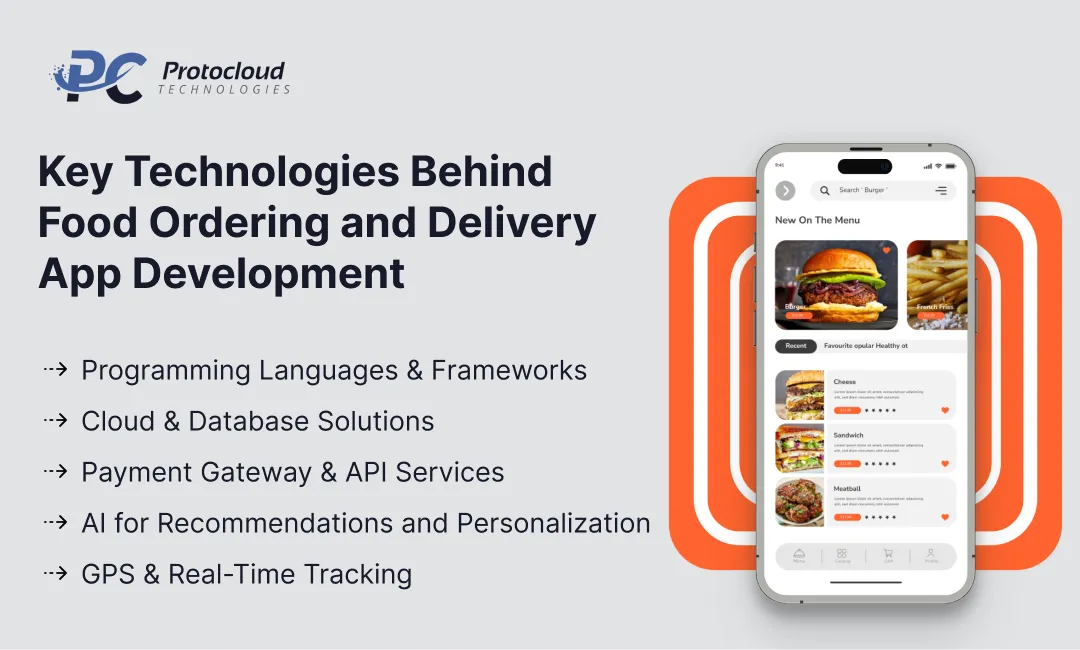
To build a high-performance food delivery mobile app, choosing the right technology stack is a game-changer. These tools and platforms ensure seamless functionality, fast performance, and an excellent user experience.
Let’s break down the core technologies that power modern food ordering and delivery app development:
1. Programming Languages & Frameworks
Your tech stack starts with picking the proper frontend and backend technologies. This choice impacts how scalable, secure, and fast your app becomes.
Frontend Technologies (What Users See)
- React Native, Flutter – Build cross-platform applications for Android & iOS.
- Swift (iOS), Kotlin (Android) – For platform-specific secure apps with native performance.
Backend Technologies (What Powers the App)
Node.js, Django, Ruby on Rails – Manage order processing, authentication, and user management.
GraphQL, REST API – Enable smooth data flow between the app’s interface and server.
These tools help deliver a seamless user experience while supporting a high-performance app backend.
2. Cloud & Database Solutions
A food delivery app handles large-scale data processing like restaurant menus, orders, and user activities. That’s where cloud solutions and databases come in.
Cloud Storage Providers
- AWS, Google Cloud, Microsoft Azure – Deliver scalable cloud storage and computing to handle growing user demand.
Databases
- PostgreSQL, MongoDB, Firebase – Save structured and unstructured information such as customer profiles and transactions.
- Redis, Memcached – Improve app speed by storing frequently accessed data.
Cloud-based solutions keep your app secure, scalable, and running smoothly at all times.
3. Payment Gateway & API Services
Streamlined checkout makes it easier for customers and reduces drop-offs. Here’s what powers fast and secure payment processing:
Payment Gateway APIs
- Stripe, PayPal, Razorpay, Square – Enable payments via cards, UPI, and digital wallets.
- Apple Pay, Google Pay – Allow one-tap checkouts for a faster user experience.
Supporting APIs
- Twilio, SendGrid – Handle SMS notifications and email notifications for orders.
- Firebase Authentication, OAuth – Provide secure login integration via phone, email, or social accounts.
This tech combo ensures quick, safe payments and builds trust during every transaction.
4. AI for Recommendations and Personalization
AI is transforming the food delivery industry, making apps more innovative and more efficient. From more brilliant suggestions to customer support automation, it drives personalized solutions and higher conversions.
AI-Based Recommendation Engines
- Use machine learning algorithms to recommend dishes and restaurants.
- Personalize offers based on order history, location, and preferences.
AI-Powered Chatbots
- Provide 24/7 customer support automation.
- Help with order tracking assistance, FAQs, and refunds.
AI helps deliver AI-driven recommendations that keep users engaged and increase loyalty.
5. GPS & Real-Time Tracking
Real-time tracking keeps customers happy and helps manage deliveries more easily.
Location Services & Map Integration
- Google Maps API, Mapbox, Apple Maps – Enable GPS tracking, show estimated delivery times, and optimize routes.
- Geofencing technology – Auto-assigns orders based on driver location.
Route Optimization & Order Status
- Guides drivers on the fastest path.
- Let customers track their orders live through real-time order tracking.
Faster delivery + better coordination = a scalable platform with delighted customers.
Wrapping Up
Building a reliable and efficient food delivery platform takes more than just an idea—it requires strategic use of the latest technologies:
- Programming languages & frameworks build the base.
- Cloud & databases store and secure user data.
- Payment APIs smooth checkout.
- AI boosts personalization.
- >GPS ensures real-time delivery.
With this tech stack, your food delivery mobile app can match giants like Uber Eats, offering a smooth, secure, and scalable experience that users love.
Food Delivery App Development Cost: What You Need to Know
Creating a food delivery mobile app is a smart move—but knowing the development cost is just as significant. Whether you’re a startup or an established brand, understanding what affects the food delivery software solution cost can help you plan better and avoid surprises.
In this guide, we’ll break down the cost factors, give you a sense of estimated pricing, and share budgeting strategies—without repeating what we’ve already covered about the development process.
Key Factors That Influence Food Delivery App Development Cost
The total cost depends on a mix of elements—from the app’s complexity to your developer’s location. Let’s break it down:
Pro Tip: Optimize Your Budget with Smart Decisions
Here are some practical tips inspired by top SaaS strategies (yes, like Brian Dean’s playbook):
- Start small Build an MVP version of your food delivery app first, then scale.
- Use a cross-platform app approach with Flutter or React Native.
- Prioritize essential features over flashy add-ons in early stages.
- Outsource to cost-effective regions like Asia or Eastern Europe.
Cost Breakdown for a Food Delivery App
The cost of developing a food delivery mobile app varies based on features, design, and tech stack. Below is the approximate cost estimate by development phase:
Note: Advanced features like AI-powered recommendations, predictive analytics, or automated delivery assignments can push costs even higher.
Budgeting Tips for Food Delivery App Development
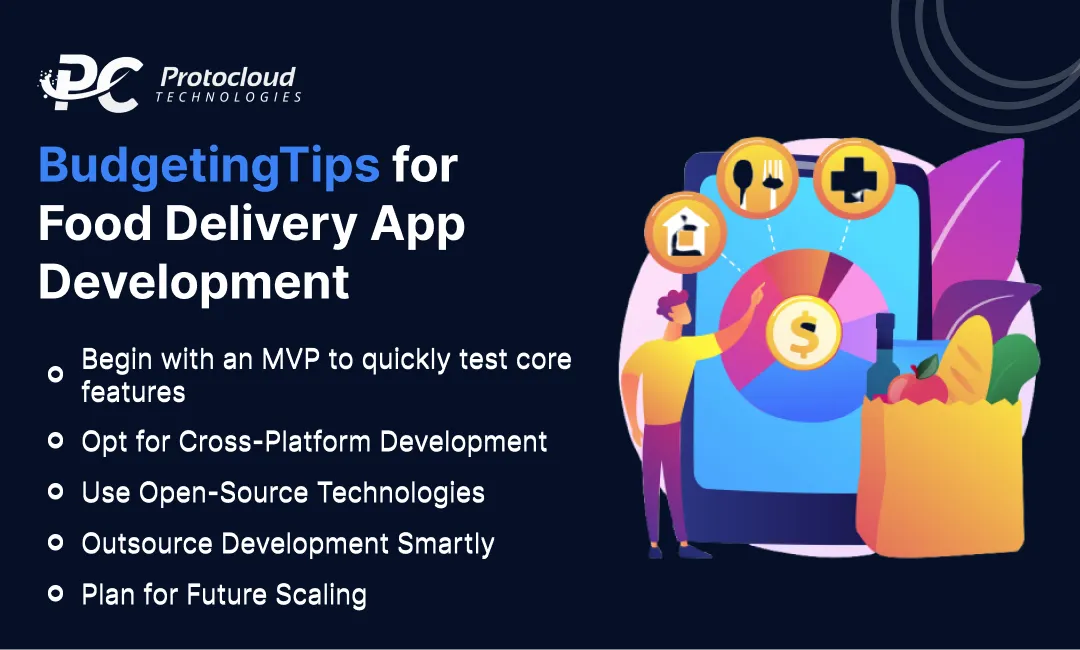
Want to build a high-performing app without breaking the bank? Follow these budgeting strategies:
1. Begin with an MVP to quickly test core features
Focus on essential features first. Add advanced functionalities once your app gains traction.
2. Opt for Cross-Platform Development
Using Flutter or React Native can reduce development costs by allowing you to build a single app for both iOS and Android platforms.
3. Use Open-Source Technologies
Use free frameworks and tools whenever possible to avoid the cost of expensive licensed software.
4. Outsource Development Smartly
Hiring skilled offshore developers can save money without compromising on quality. It’s a smart move if you choose the right team.
5. Plan for Future Scaling
Invest in cloud infrastructure early to support growth and maintain cost efficiency over time
Final Take
The overall cost estimate of developing a food delivery app relies on its app features, technology stack, and location of the team. Businesses should start small, stick to a lean budget with an MVP, and then scale up. With thoughtful planning, you can build a profitable food delivery platform that delivers performance without overspending.
Why Choose Protocloud Technologies for Food Delivery App Development?
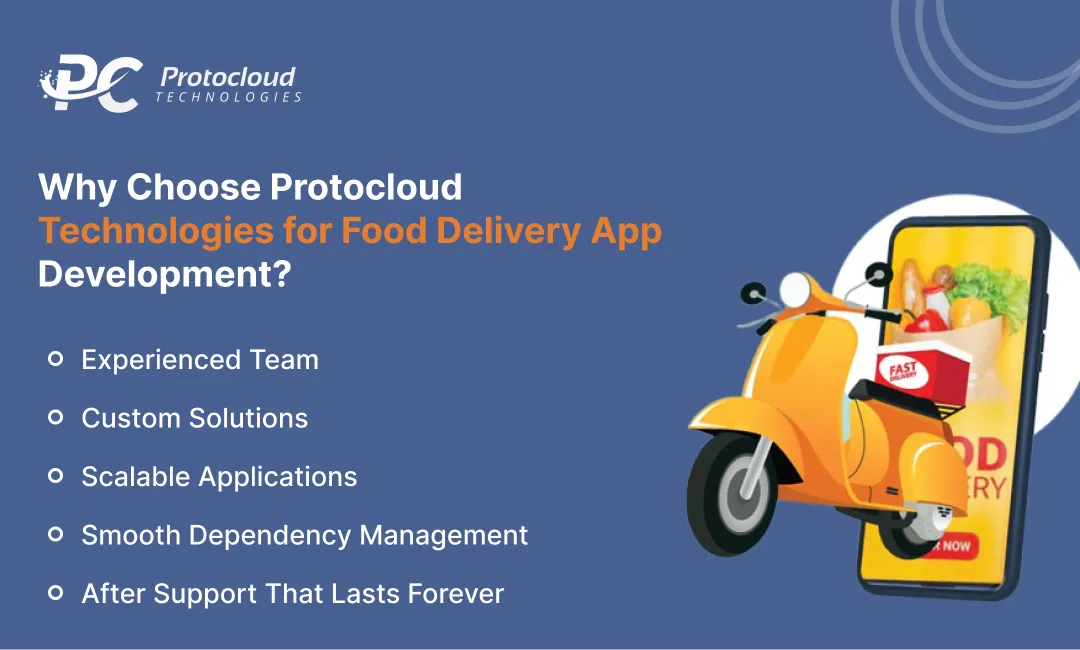
Looking for high-quality app solutions for delivering food? Protocloud is your go-to partner. Here’s why innovative businesses trust us for their Custom Food Delivery Development:
Experienced Team
– Our developers, designers, and analysts are highly skilled and bring years of experience—ensuring the best results for your app.
Custom Solutions
– We don’t believe in one-size-fits-all. Our food delivery apps are designed to align with your precise business model and requirements.
Scalable Applications
– As your business expands, your app scales right alongside it. Our scalable solutions are built to support future expansion.
Smooth Dependency Management
– From payment gateways to analytics and third-party APIs—we ensure all integrations are smooth, secure, and reliable.
After Support That Lasts Forever
– We don’t just deliver the app and disappear. Expect regular updates and lifetime technical support.
Protocloud Technologies delivers more than just code—we build powerful, scalable apps that align with your business and keep delivering value for the long run.



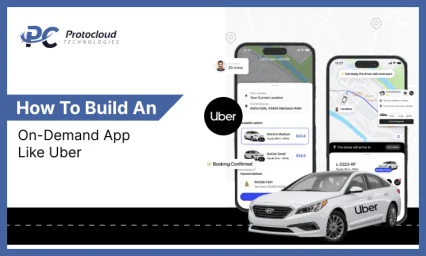
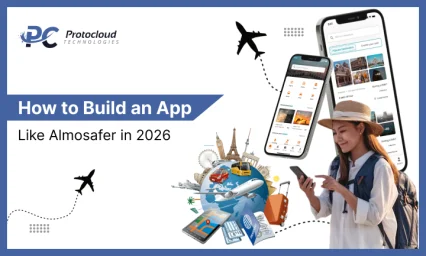
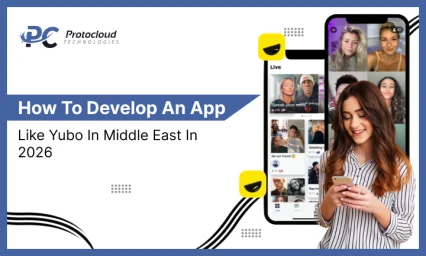
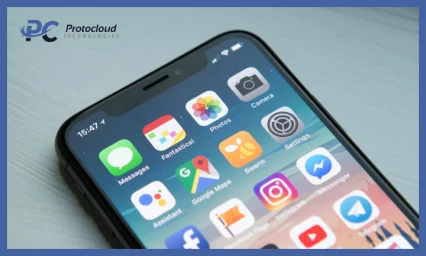

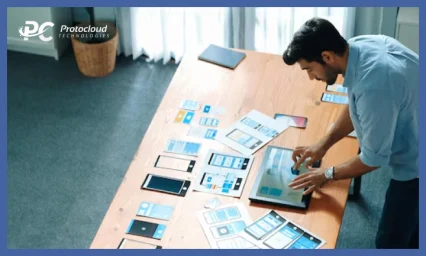
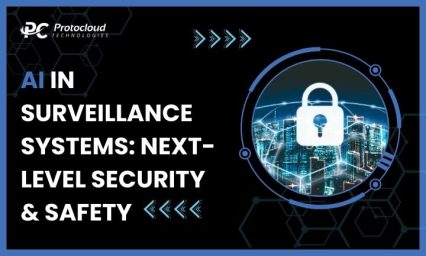
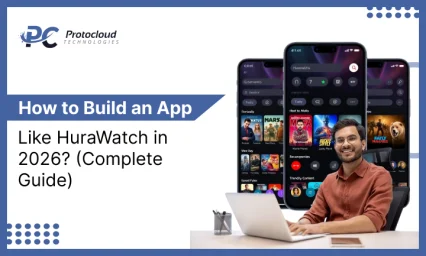

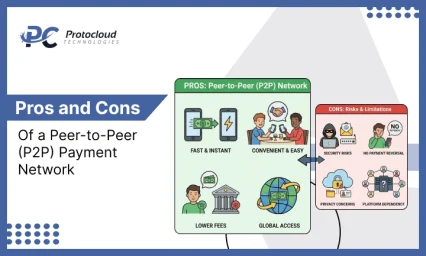

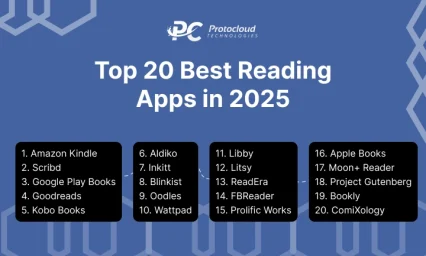
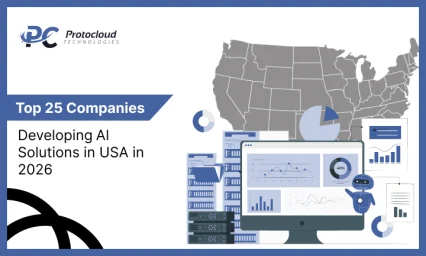

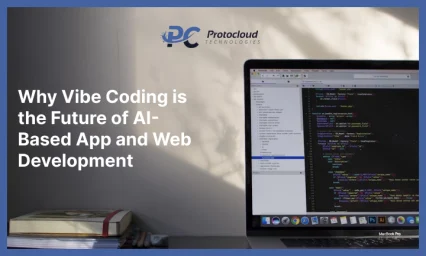
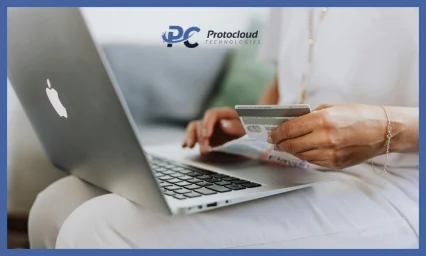
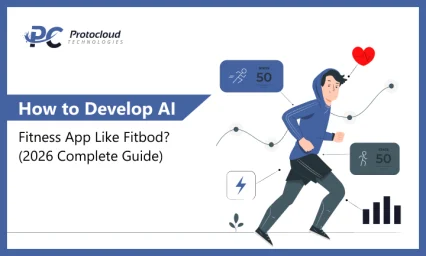
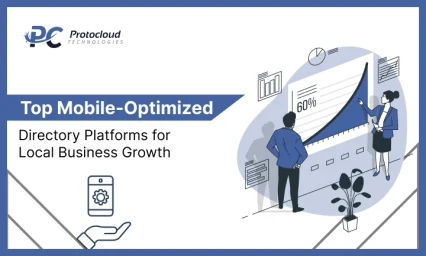
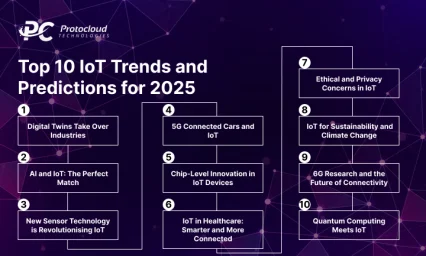
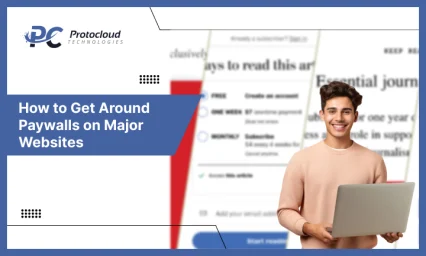
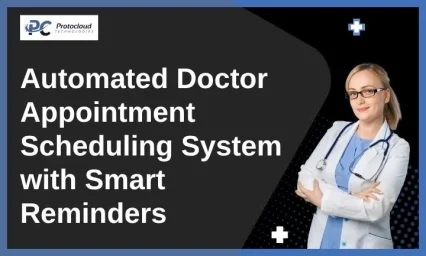
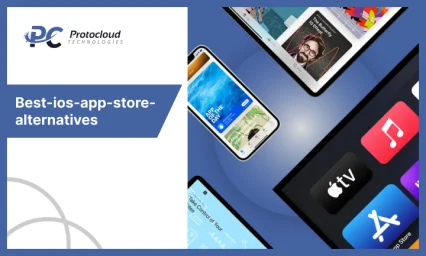
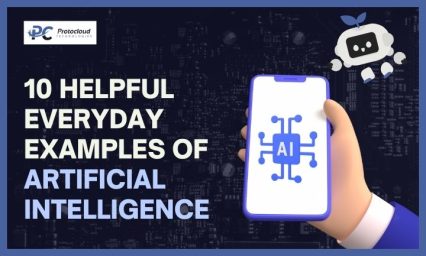
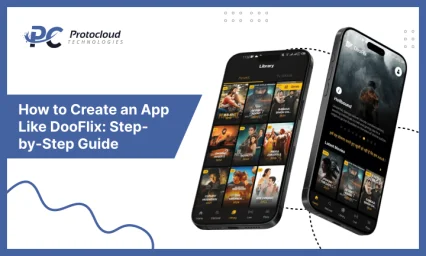
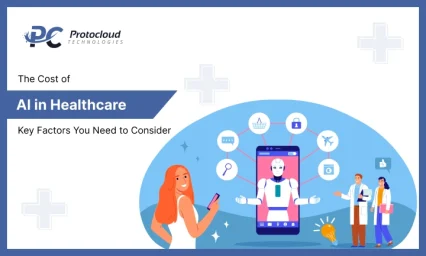
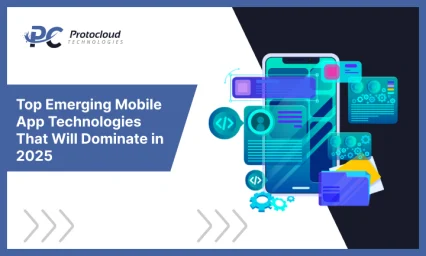
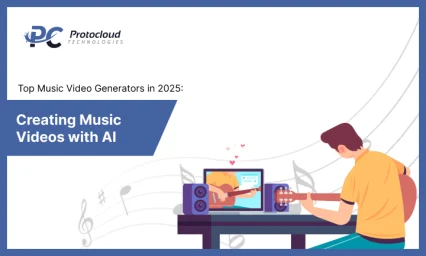
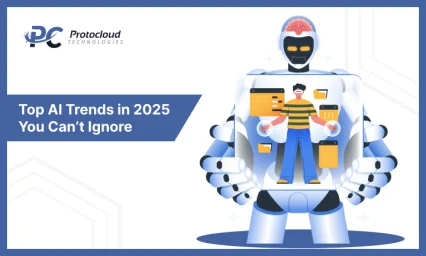
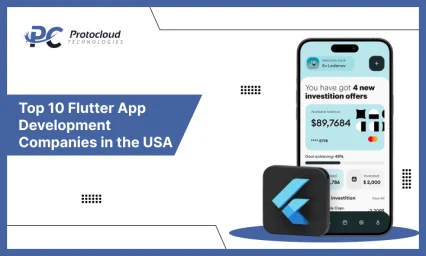

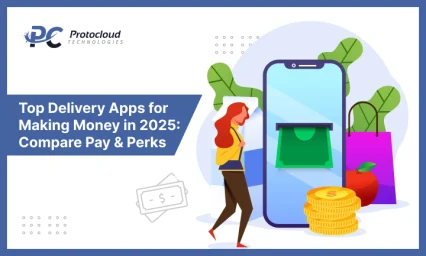
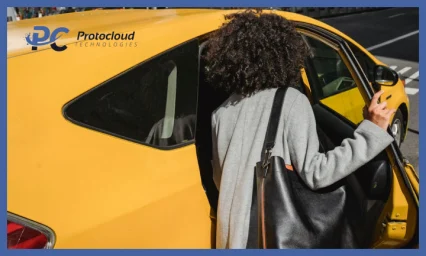
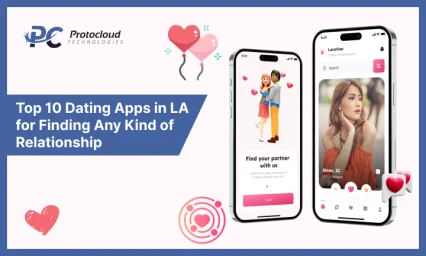
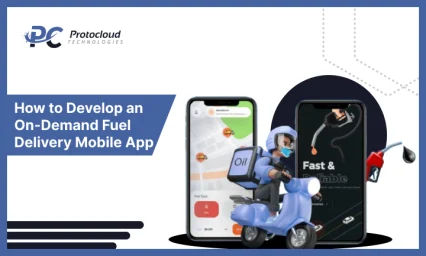
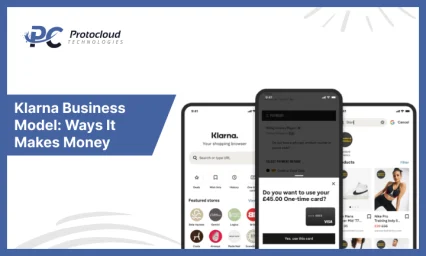
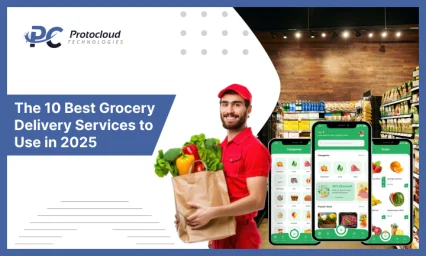
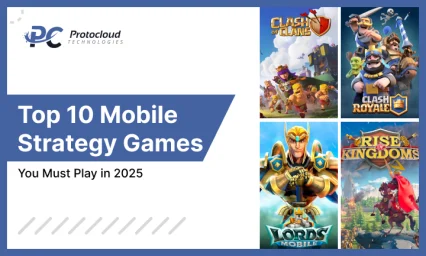
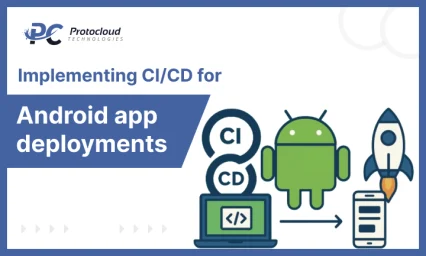
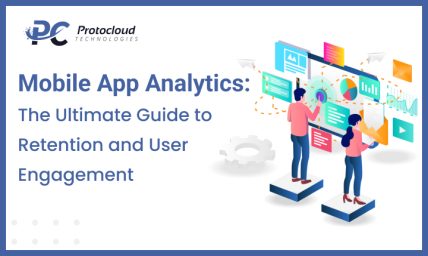
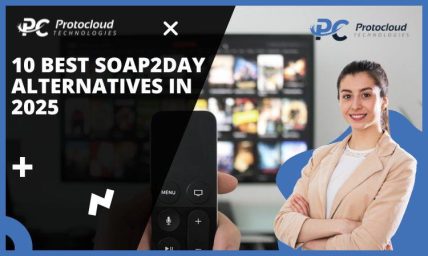
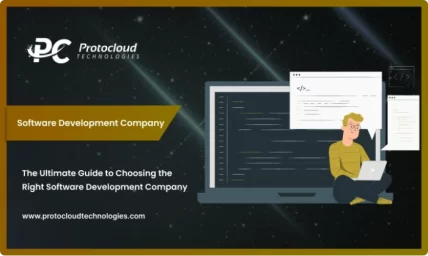
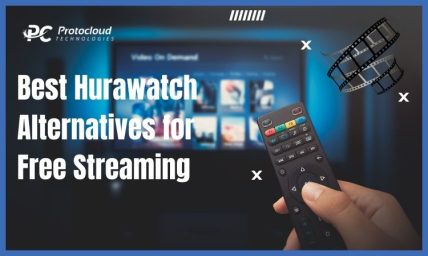
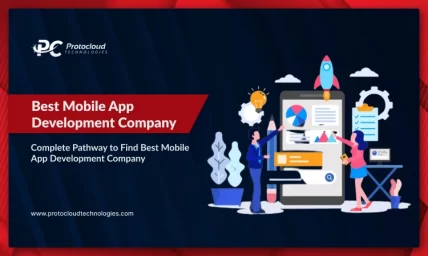
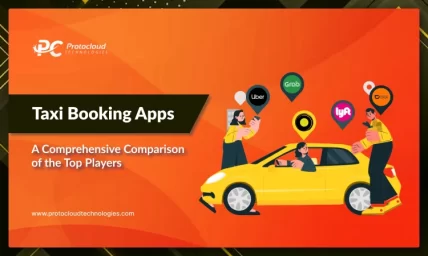
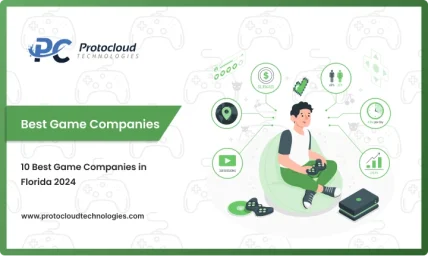
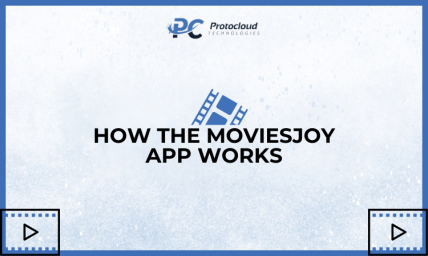
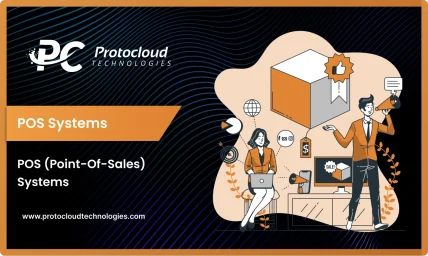
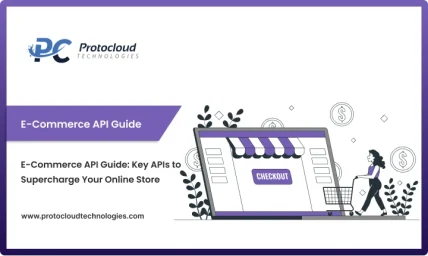
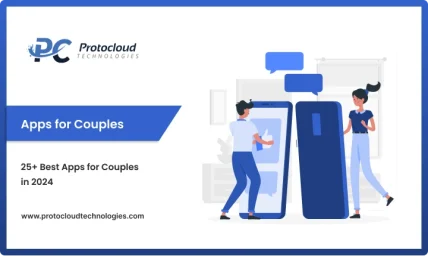
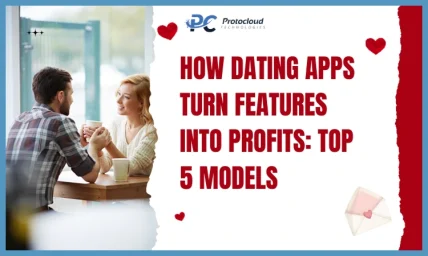
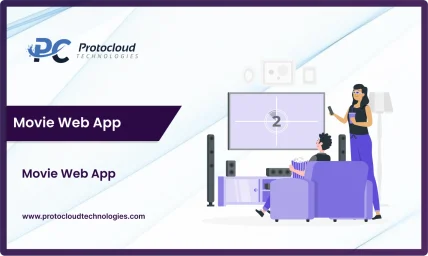
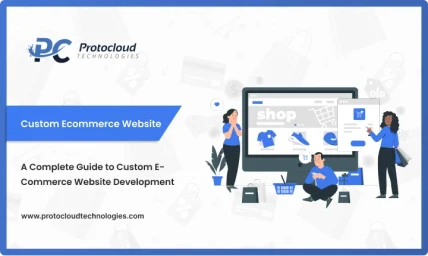
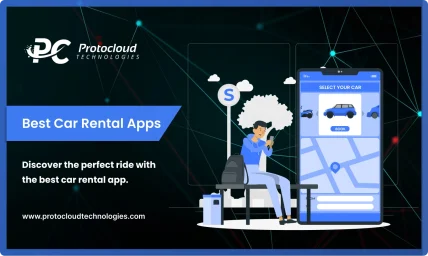
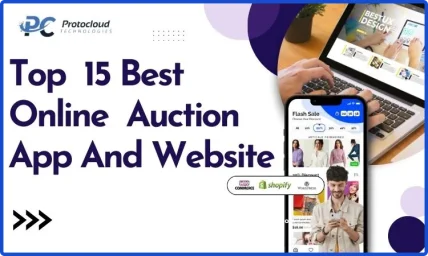
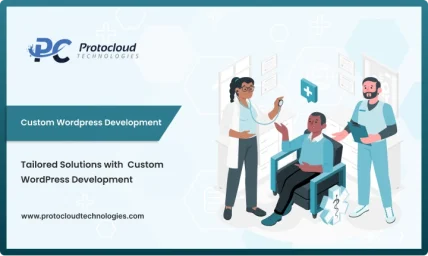
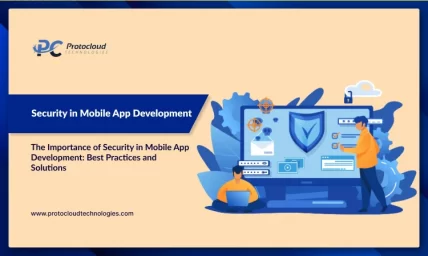
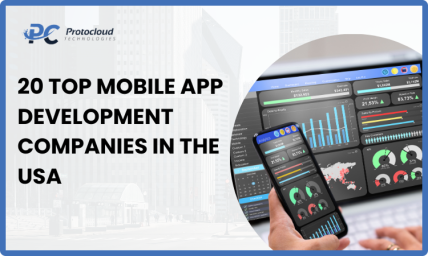
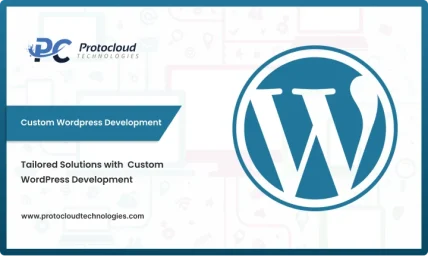
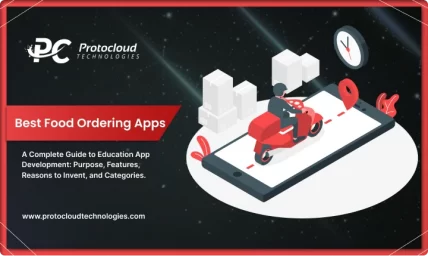
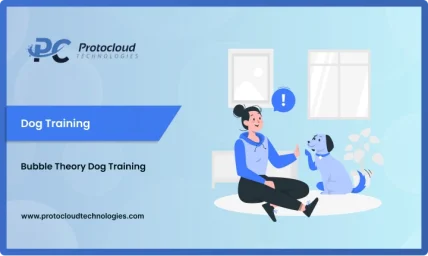
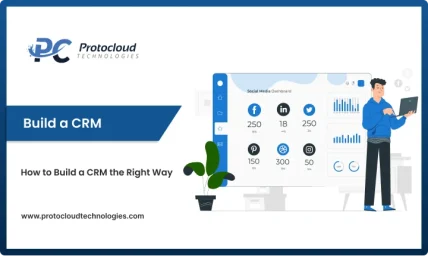
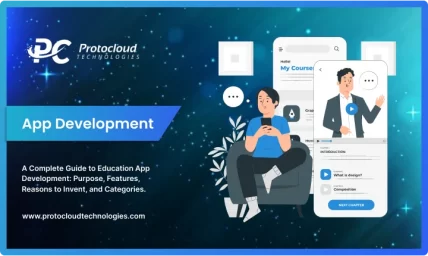
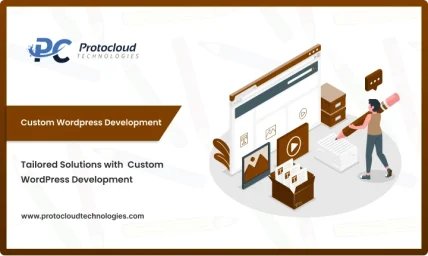
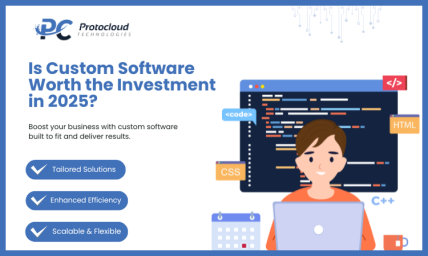
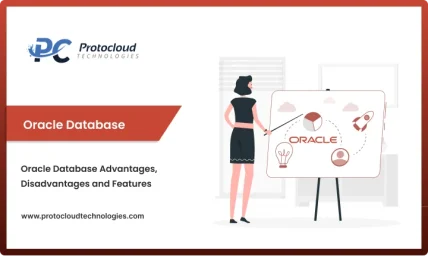
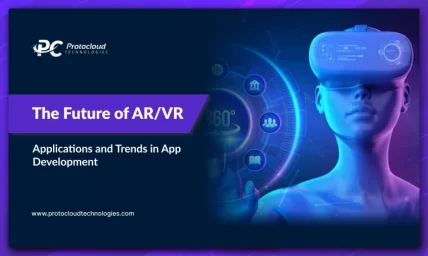
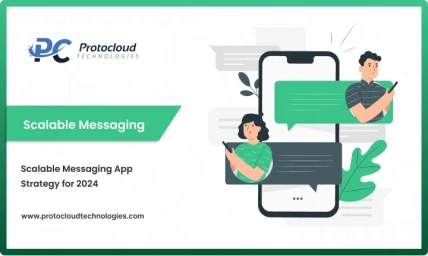
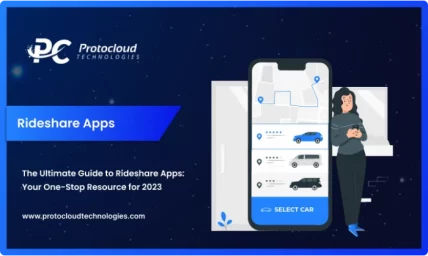
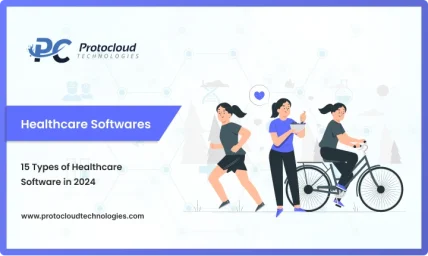
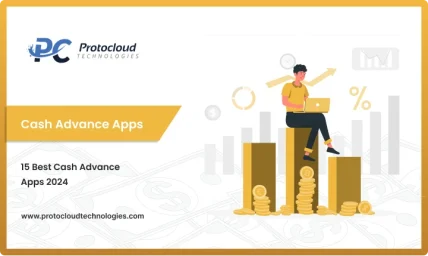
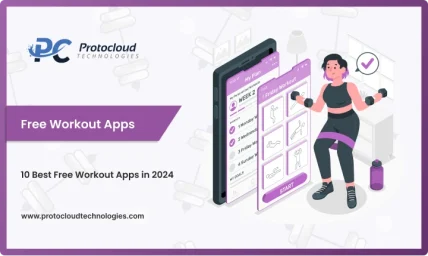
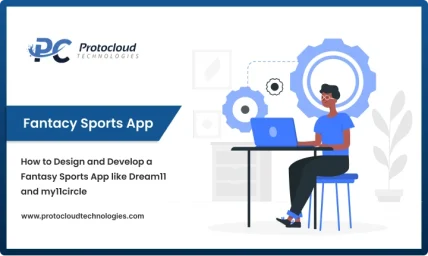
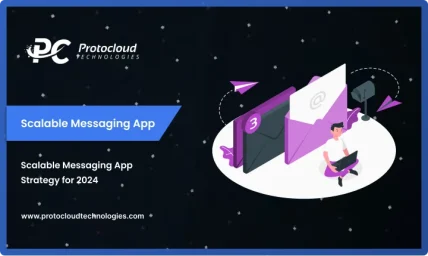

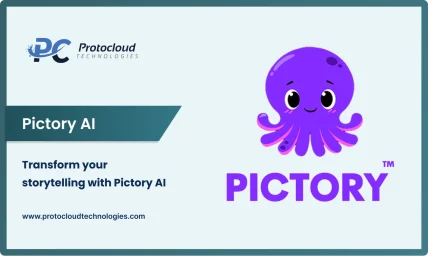
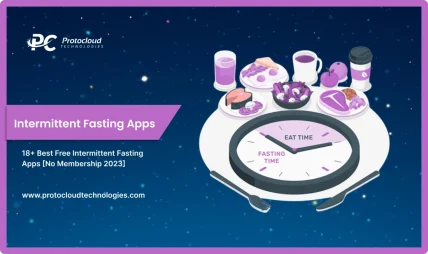
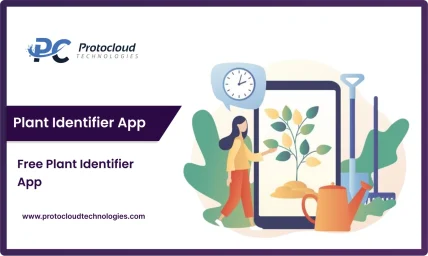
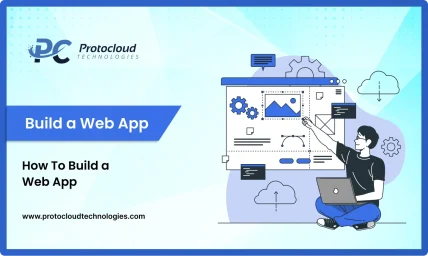
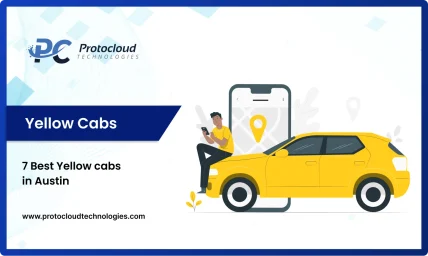
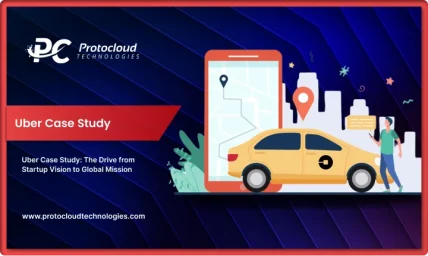
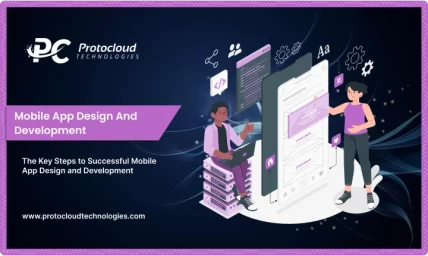
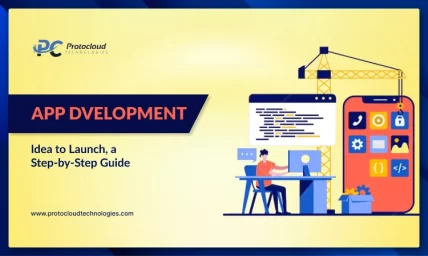
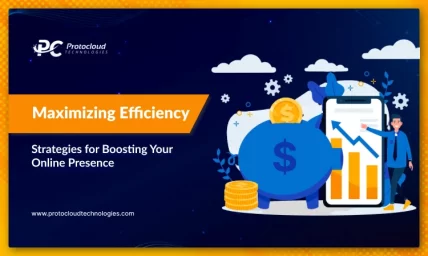
Leave a Reply